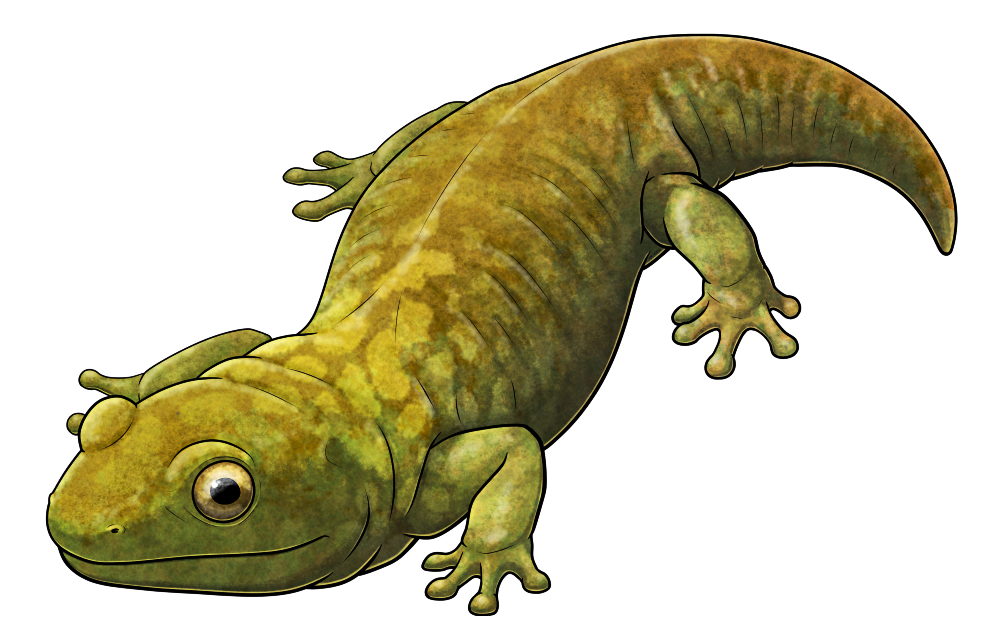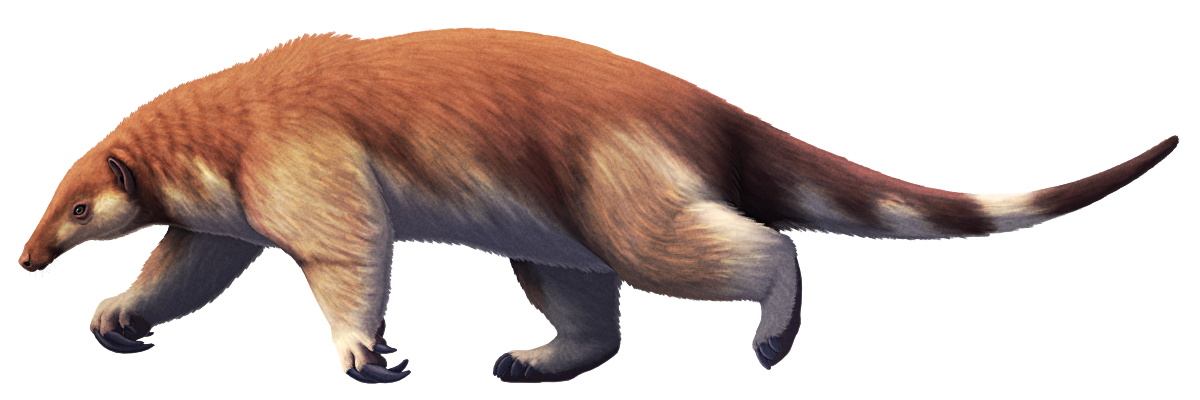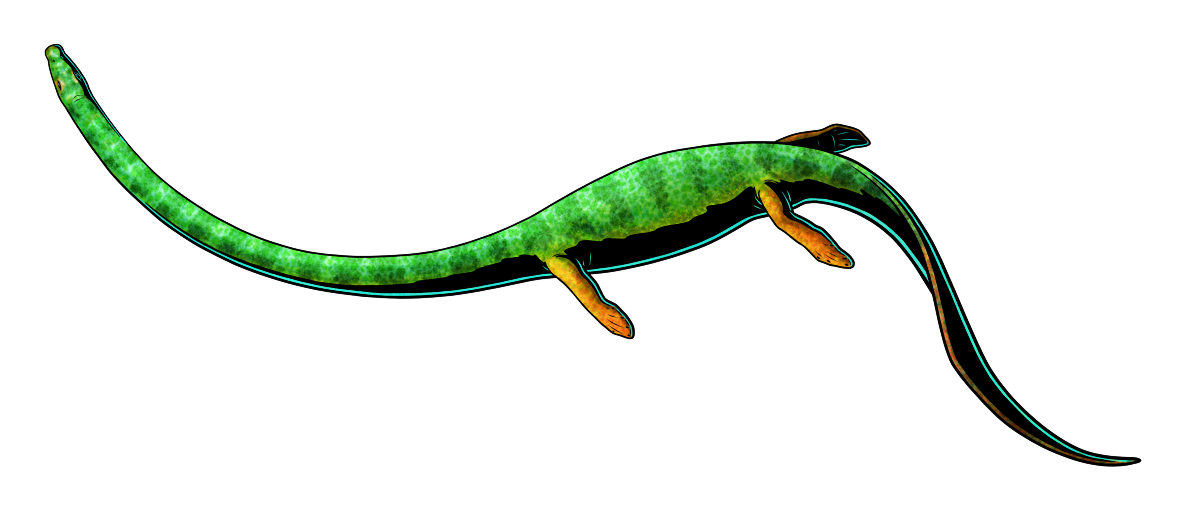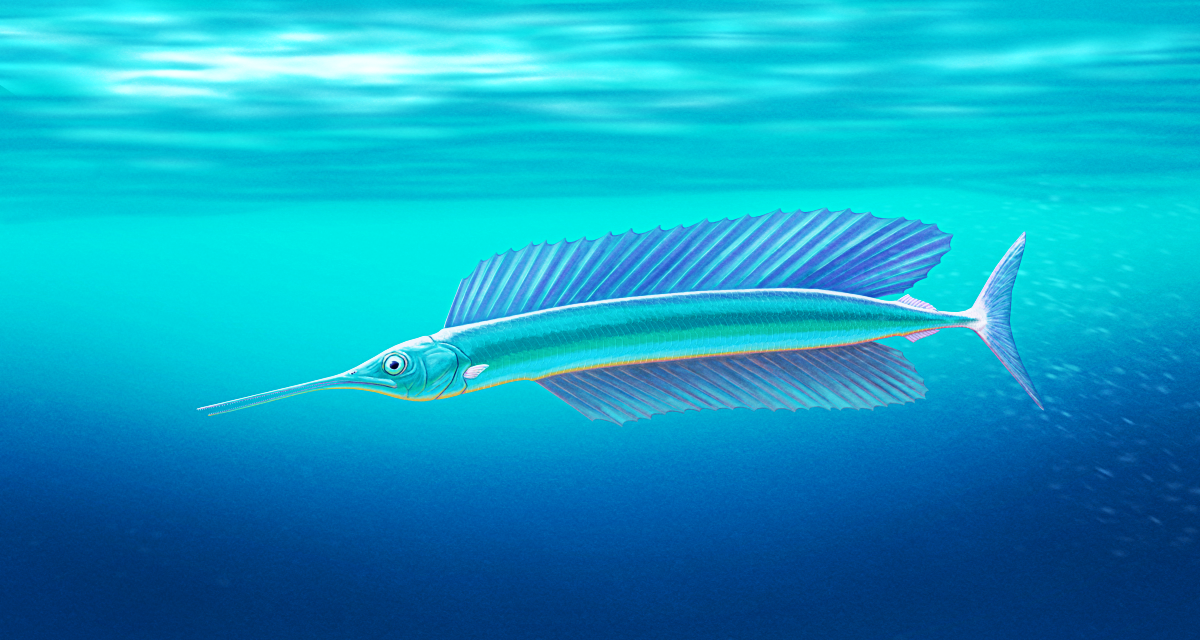Despite being named after the famous Muppet frog, Kermitops gratus here wasn’t actually a frog itself. Instead it was a close relative of the common ancestor of all modern amphibians, part of a grouping of amphibian-like animals known as amphibamiform temnospondyls.
Living in what is now Texas, USA, during the mid-Permian, about 275 million years ago, Kermitops would have resembled a chunky salamander. Only its fossil skull is known, so its full body size is uncertain, but based on the proportions of related amphibamiformes it was probably around 15-20cm long (~6-8″).
Although its discovery helps to fill in the very sparse fossil record of the early evolution of modern amphibians, it’s also complicated matters more than expected. Previously it was thought that the characteristic skull anatomy of modern amphibians evolved in a clear sequence, but Kermitops has a unique mix of features that doesn’t fit this idea – suggesting that there was a lot of convergent evolution going on in amphibamiformes at the time.




